Did you know that drones are actually used in Search and Rescue situations? Well today we have an expert, Kyle Nordfors from Weber County Search and Rescue in Utah, to talk about this.
I’m going to show you some real world scenarios and also teach you some tips and tricks to help you get started in this field.
We’re going to pick his brain and also put him to the test, so let’s get to it.
Finding Lost Hikers
Well, look at Jason with his little Hello Kitty backpack! A year ago we were actually right here with this team trying to find some lost hikers, and we made kind of a game out of it. We want to put you to the test and see how you would approach it. From your world, we don’t have any experience, but you’re going to give us some tips on how a professional would do this.
I’ve got some ideas and some tips to help everybody out.
We gave you the choice of several drones in our office, but none were good enough so you brought your own, right? You brought the DJI Matrice 30. I have a lot of questions. Number one, how dare you? What’s so good about the Matrice 30?
Advantages of the DJI Matrice 30 Drone
What I really like about the DJI Matrice 30 is that it seems to fit more roles than any other drone. It’s the most complete drone that’s out there that’s available to you.
A lot of these departments have a smaller drone like the Mavic 3 Thermal, maybe even the Mavic 2 Enterprise like you started with.

What’s the disadvantage of having something a little bit smaller like this over the Matrice 30, for example?
Well, there’s the right tool for every job. The Mavic 3 Thermal is a fantastic platform – it’s very compact and it has a great flight time. It does have a very high resolution thermal and also comes with a little bit of a zoom to it.
The Matrice 30 is a little bit bigger, it’s not as packable, but the zoom camera on that one is a lot more powerful. It also comes with a Laser Rangefinder, so let’s assume that you find your patients out on a ledge or something. You can point that laser at your patients and get their actual coordinates, whereas you can’t do that with the DJI Mavic 3 Thermal.

Identifying Potential Threats
Last time we did this, Bo was actually out over there and he had the absolute worst location – a little sketchy here! Oh boy, and I have to go up that… So this time we gave him the much simpler location to hike to.
But before we even take off, we need to identify the potential threats that might be in this area and how we’re going to mitigate them. We hiked up here a little bit higher which I think is a good thing, and it gets us away from the trees and the power lines. The wind’s blowing a little bit, it’s up to maybe about 20 knots, so we need to take that into consideration – that’s going to lower our overall flight time.
So we came up here because we wanted to have a better visual, but is this what you would do in real life?
In this scenario right here, where we know that our patient isn’t going to be too terribly far away, I would launch from the parking lot because it’s good to have good solid footing on flat ground – it’s better for takeoffs and landings. Because we’re on a slant right here, it’s going to make it pretty difficult to actually take off and land. So we’re going to do this by hand – clear props!
Maintaining Visual Line of Sight
I think I hear the drone, I think they just took off. I’m pretty hopeful that Kyle’s going to find me pretty quick.
I understand that you operate pretty much always in visual line of sight conditions, right? Yeah, it is imperative to maintain line of sight. There are certain waivers that are available to get relief from that restriction, however for us in our mountainous terrain, if we were to fly the drone beyond our visual line of sight, like through a box canyon or something, chances are we would lose signal before we lose any other capability.
Since we identified that he’s just going to be on the other side of the ridge, we’re looking for anything that might pop out in the snow, any type of emission differences.
Using Thermal Imaging
So you’re in white hot – this is black hot. You’re looking for something black that may be moving, and then we can also toss into side by side to see if we can catch movement on either one.
Okay, where’s your drone? Right over there – I hear the drone super close right above me. Let’s see if we can see it… there it is! Yeah, I found him!
While on the split screen comparing and contrasting the two different sides, one of the reasons why I was able to find him is because he’s standing in the snowy area, which the thermal gives us a higher contrast. So understanding and using both tools appropriately to be able to find them is very useful.

If I’m lost then being not in the shadow would probably be better in this case, so if you get lost, that’s what you do – you stay on top of the snow, not in the shadow. Don’t hide if you’re going to get lost, understand your typography.
The Chicken Dance Requirement
Hey Bo, anytime you get found, you actually have to do a chicken dance.
Are you serious?
Yeah, that’s the rule. I don’t make up the rules, man!
Oh, so here I can point out real quick as he’s doing his chicken dance – if we put the Laser Rangefinder on there, it gives us his exact coordinates, his exact location. There he is! So now we’re going to go and find Ben.
Finding Ben Near Water
Alright, back to the familiar stomping grounds. Ben was reported to be lost near the body of water. Is that something that you take into consideration? What are the things that you look for in that case?

In search and rescue, we know that through the study of lost person behavior, people typically tend to travel downhill and they are also attracted to bodies of water, whether that be rivers, streams or lakes. So if you do have a body of water flowing through your search area, then that absolutely becomes a higher probability of detection, or an area in which you might be able to find them.
Kyle, I know I’m your favorite, but you’re my favorite too, and I feel safe in your big drone flying hands!
Thermal Crossover
The thermal crossover is super evident here. Talk about that and explain what that means.
When the sun bakes a certain environment up to a certain temperature, everything inside that area might all be the same temperature, so it all kind of blends together. It’s possible to do so with a human being as well. If the human is there, walking through those solar elliptics on either side is actually a very good thing to do.
Okay, so let’s mess with him since we found him here. I’m going to tell him that he’s got to do something.
Hey, Greg’s actually calling me. You know what would be funny? If he didn’t answer and look at my name and just hung up. Actually, can I do that? No, you can’t!
Kyle is saying that the only way we can send rescue to you is if you mimic what the drone is doing above you.
You want me to elevate myself what, 300 feet in the air?
No no, you have to mimic… there you go, yeah, just like that! And then I think you have to do a 360 around yourself as well, just like the drone. Was that good, can I be done? Yep!
Searching for Jason
So our team last time we did this, we were out there for an hour, and man, you would have thought that they were in there for 24 hours not eating! About to be a real search and rescue in a minute, about to starve to death. It’s time for a snack.
Is he eating pizza? They were just complaining and complaining. “Did I bring a snack?” Yeah, I’ve got a completely unbranded chocolate sandwich pie thing.
I’m out of shape compared to the last search and rescue. I don’t know why – we left 10 minutes ago from the office and these guys are eating. That’s good.
Alright, so we have one more challenge for you, which is finding Jason.
This is great, finally get to get out of the office! Now last time Bo was out there in this location.
I had to hike all the way up this hill. Okay, that is what they want me to go up. Now I know why they sent me on this – this is insane!
He decided to go kind of on the other side of the creek at the bottom of the hill. So let’s go and find him now.
Effects of Cold Weather on Drone Performance
It warmed up considerably in the last couple days, but we had quite a bit of snow and the temperatures at night go down in the teens here. How does that affect the way that you decide how to fly and the performance of your aircraft and all of that?

Well, the biggest component of that is you want to be as nice and as friendly to the batteries as possible. Of course, if you’re operating in cold temperatures like we have here today, you want to keep your batteries pampered, you want to keep them nice and warm. Most of these enterprise level drones, regardless of the brand, will have a self-heating mechanism built into them. So if you’re operating these drones in cold weather temperatures, you do need to make sure that they stay somewhat warm and that there isn’t a warm-up period when you toss them into the drone and try to launch them.
Alright, have we been able to find him?
It looks like I found him! Now I had to find him with the visual camera this time. As it’s a little bit later on in the day, the sun is starting to come down a bit more, so that means his shadow is growing. And with the bigger shadow, that’s very advantageous to a drone pilot, especially when he’s in a very solar moated area as he is right now. But you can see we see him hunkering down with his pink backpack and doing the appropriate thing – staying still. So that’s another tip for you – wear the Hello Kitty backpack and you’ll be found much more easily!
Tips for Getting Started in Search and Rescue
Well Kyle, that was some great hands-on information and great demonstration. Any tips that you have for people that want to get started?
Yeah, reach out to your local sheriff’s department. You can go to the search and rescue commander – that’s usually a lieutenant involved with the sheriff’s department – and give him a demonstration, show him what you can do with your drone, particularly if you have a thermal camera, because thermal cameras are absolutely invaluable in a search and rescue environment. And then over time, you might be able to convince them that you might be an asset to them. Once these search and rescue commanders see what a drone can do and how much it increases their situational awareness, then it becomes a no-brainer for them and they’ll start begging you to show up on scene.
Learn More
So if you’re interested in learning more about search and rescue, Kyle right here has recorded an entire course and it’s available on pilotinstitute.com.

During the course, what we did is we identified the best practices in search and rescue, merging them with the best practices of aviation, and brought them together to make you the most efficient search and rescue pilot possible.
And if you want to watch the video that we talked about earlier, click right here – you’ll see how much fun we had last year. And then lastly, in the community we will have some exclusive content with Kyle talking about search and rescue. Hope to see you there!
Discover more from DroneXL
Subscribe to get the latest posts to your email.
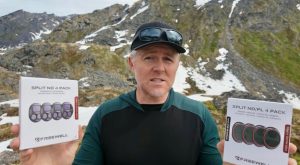
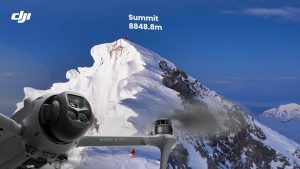
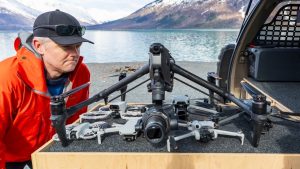
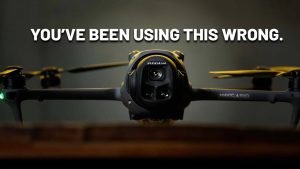
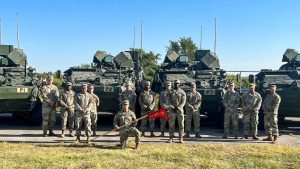
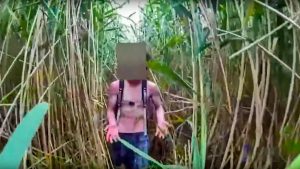


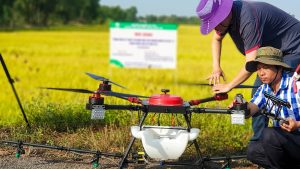
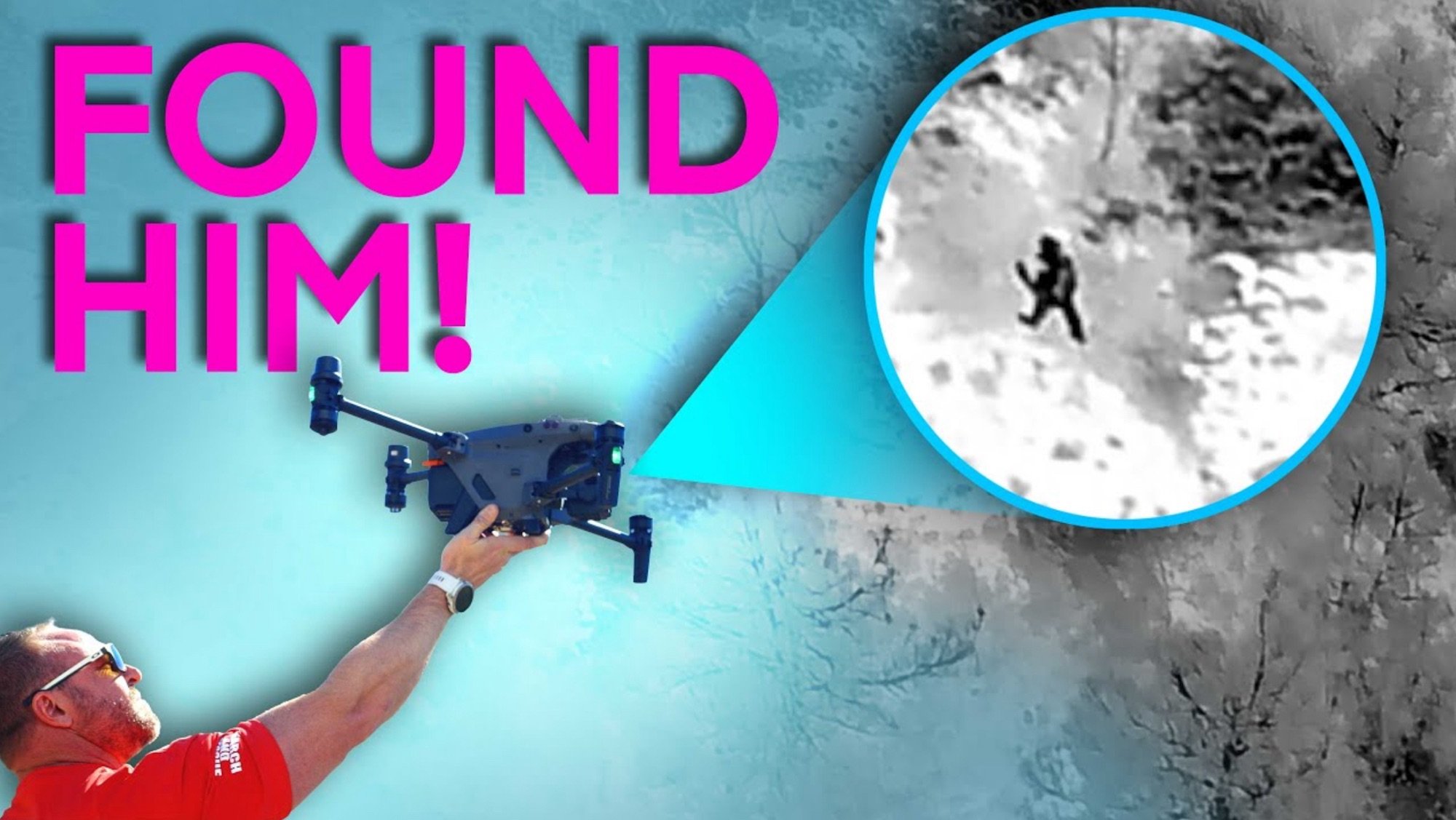

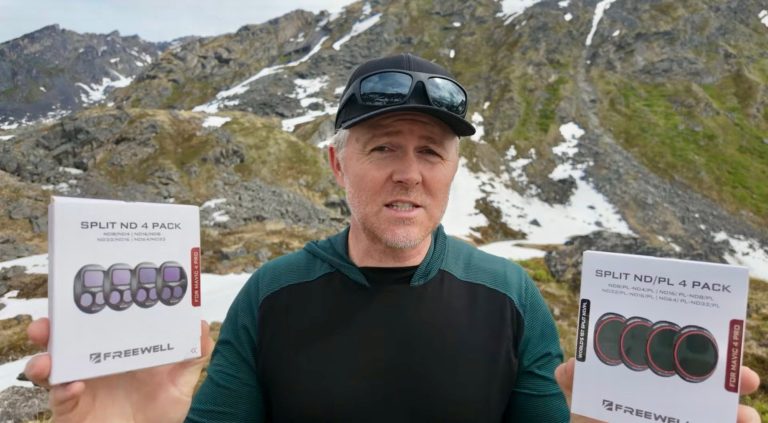
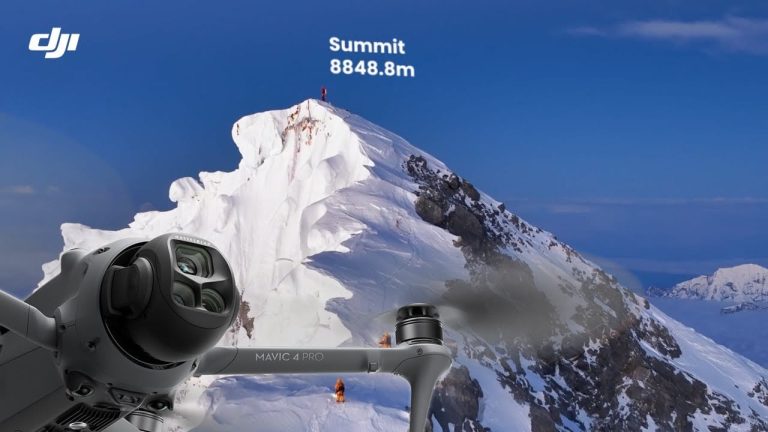
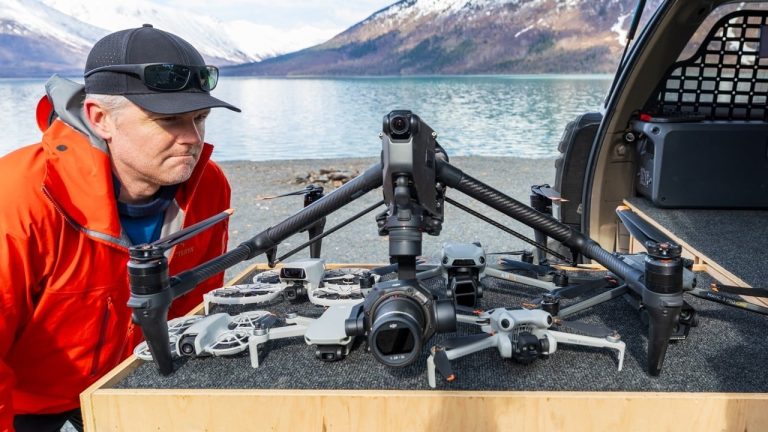
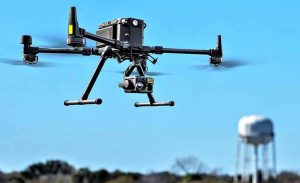
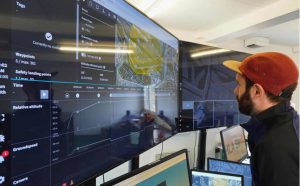
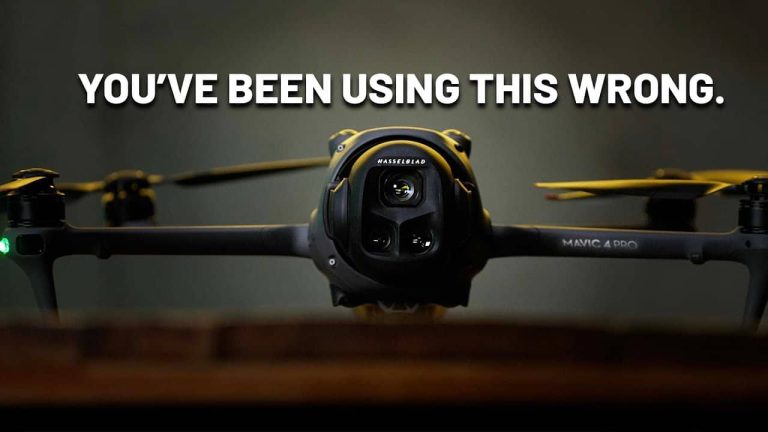
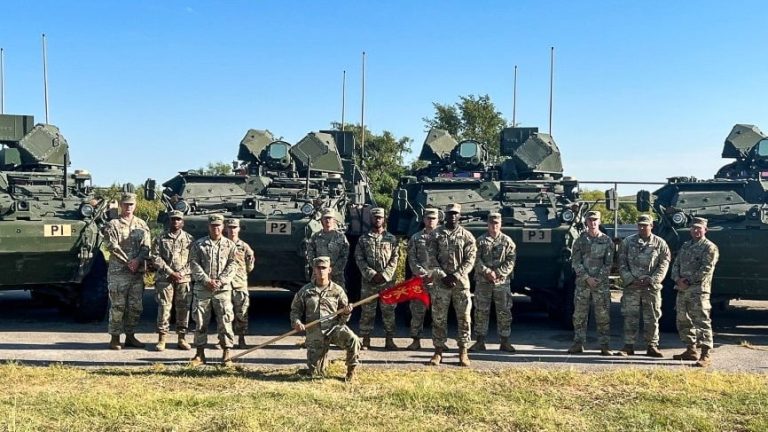
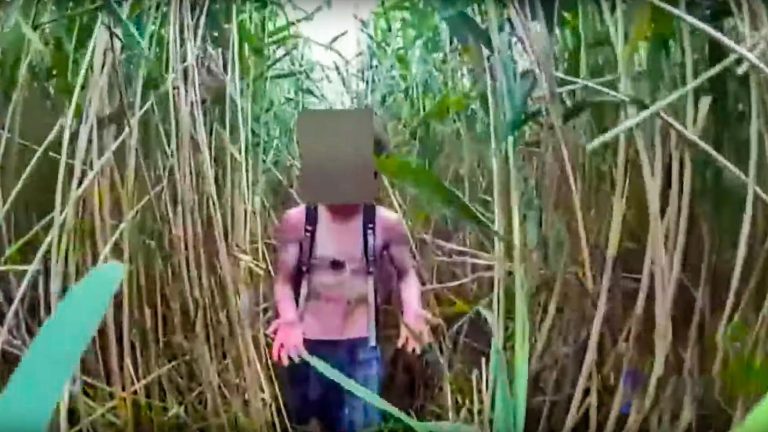
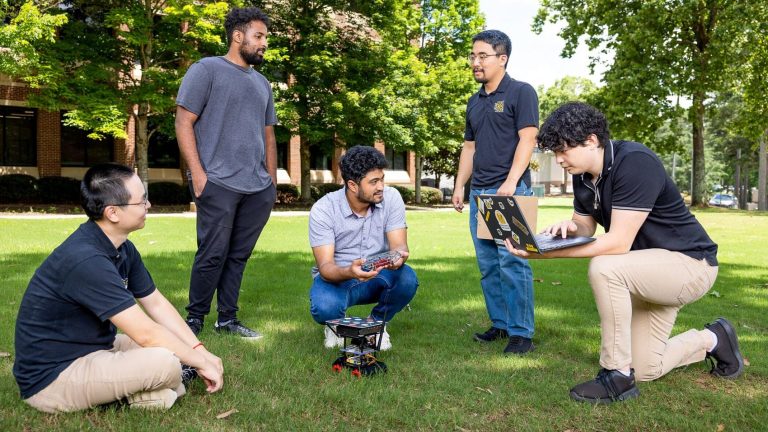

+ There are no comments
Add yours